The Landscaping Market is currently characterized by a dynamic competitive landscape, driven by factors such as increasing urbanization, a growing emphasis on sustainable practices, and the rising demand for outdoor living spaces. Major players like BrightView Landscapes (US), TruGreen (US), and The Davey Tree Expert Company (US) are strategically positioning themselves through innovation and regional expansion. BrightView Landscapes (US) focuses on enhancing its service offerings through technology integration, while TruGreen (US) emphasizes customer-centric solutions and sustainable lawn care practices. The collective strategies of these companies contribute to a moderately fragmented market structure, where competition is intensifying as firms seek to differentiate themselves through service quality and technological advancements.
Key business tactics within the Landscaping Market include localizing service offerings and optimizing supply chains to enhance operational efficiency. The competitive structure remains moderately fragmented, with numerous players vying for market share. This fragmentation allows for niche players to thrive, while larger companies leverage their scale to implement cost-effective solutions. The influence of key players is significant, as they set industry standards and drive innovation, thereby shaping the overall market dynamics.
In November 2025, BrightView Landscapes (US) announced a partnership with a leading technology firm to develop an AI-driven platform aimed at optimizing landscape maintenance schedules. This strategic move is expected to enhance operational efficiency and improve customer satisfaction by providing tailored services based on real-time data analysis. Such initiatives reflect a broader trend towards digital transformation within the industry, positioning BrightView as a forward-thinking leader.
In October 2025, TruGreen (US) launched a new eco-friendly lawn care product line, which aligns with the growing consumer preference for sustainable landscaping solutions. This initiative not only caters to environmentally conscious customers but also strengthens TruGreen's market position as a provider of innovative and responsible landscaping services. The introduction of this product line is indicative of the company's commitment to sustainability, which is becoming increasingly vital in the competitive landscape.
In September 2025, The Davey Tree Expert Company (US) expanded its operations into new geographic markets, specifically targeting the Southeast region of the US. This expansion is strategically significant as it allows the company to tap into a growing customer base and diversify its service offerings. By entering new markets, The Davey Tree Expert Company aims to enhance its competitive edge and capitalize on regional demand for landscaping services.
As of December 2025, current competitive trends in the Landscaping Market are heavily influenced by digitalization, sustainability, and the integration of AI technologies. Strategic alliances are increasingly shaping the landscape, enabling companies to pool resources and expertise to drive innovation. The shift from price-based competition to a focus on technological advancements and supply chain reliability is evident, suggesting that future competitive differentiation will hinge on the ability to innovate and deliver high-quality, sustainable solutions.


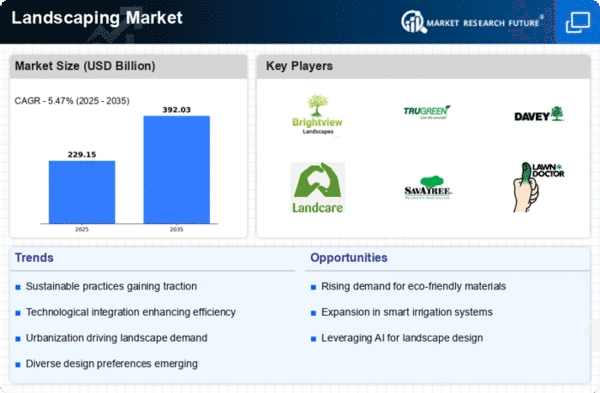
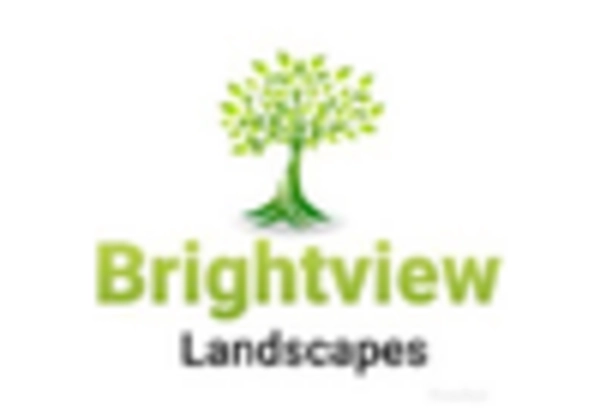
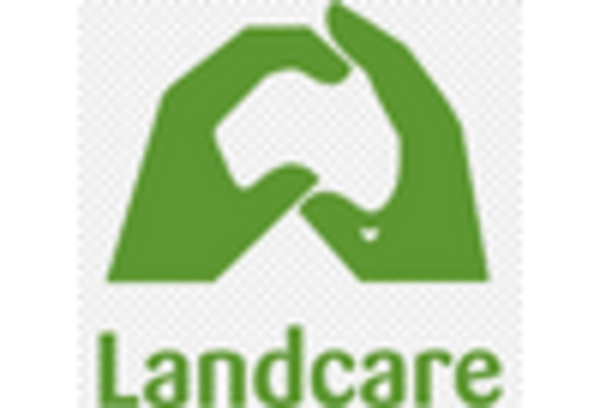

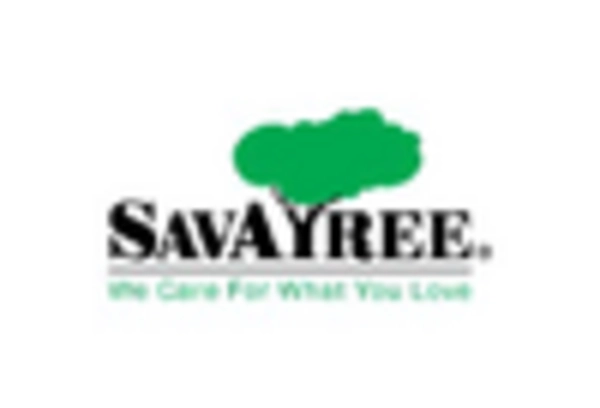
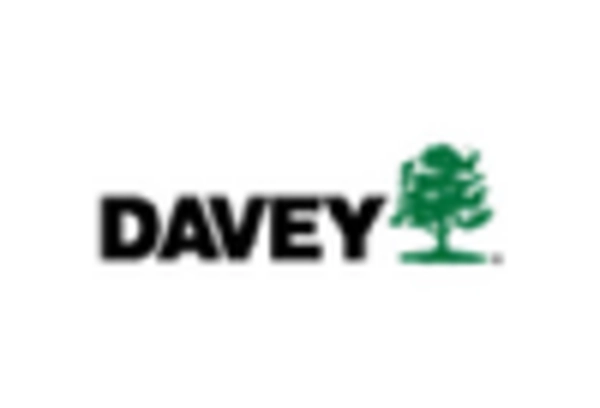
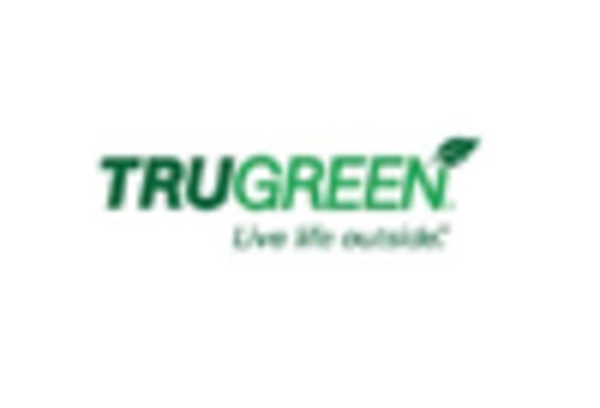








Leave a Comment